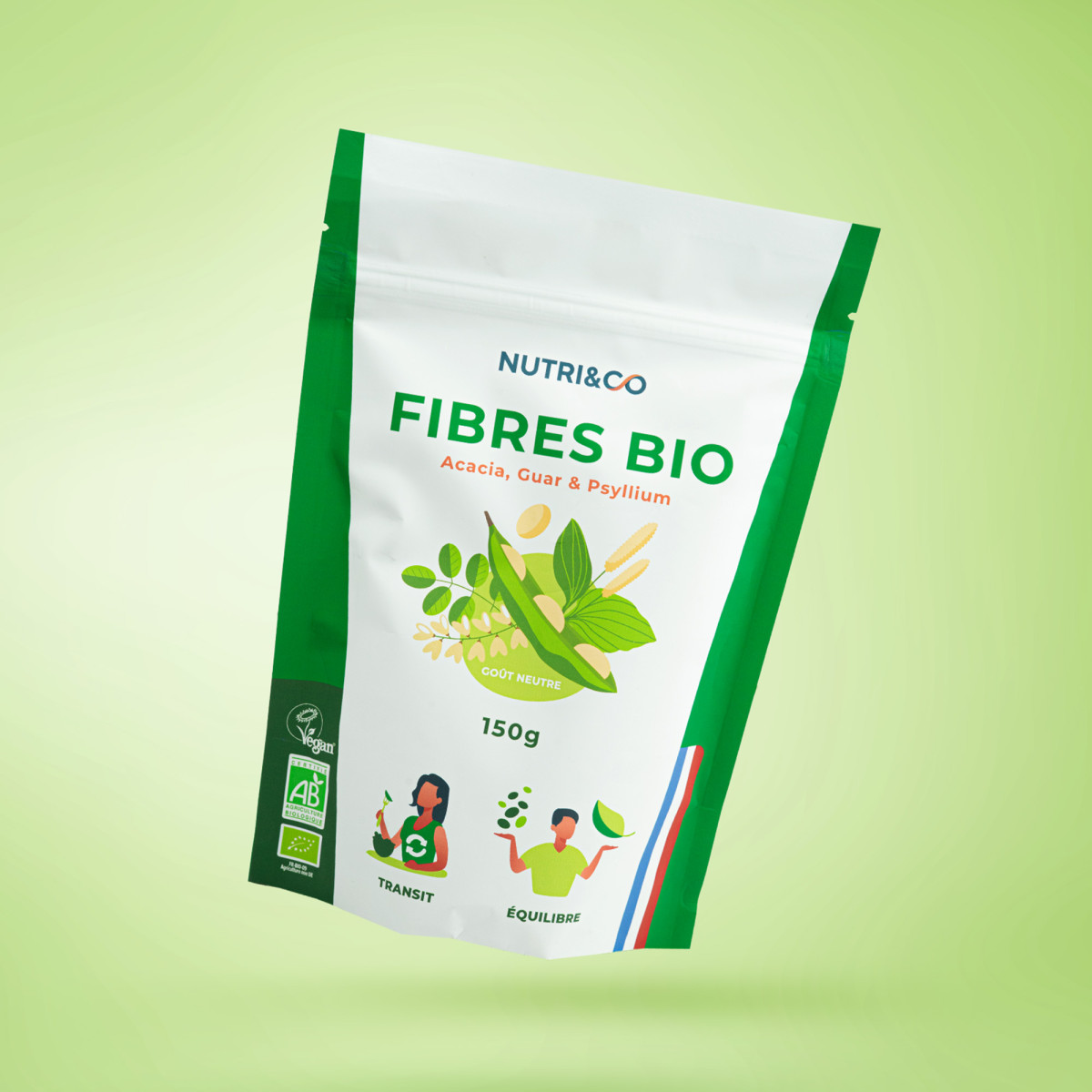
(105)
Organic Fibers
€19.90
Fiber plays a central role in our diet and our health. Or, we consume an average of 20g per day, which is 10g less than the ANSES recommendation.
Certified Organic, Vegan, Low-Fodmap, our duo of Organic Fibers is the first ingredient developed by Nutri & Co. Accompanied by its digital recipe book, it makes it easy to provide soluble dietary fiber, while being suitable for the people studied. irritable bowel syndrome (IBS). View more
Organic Fibers
€19.90
Paiement
sécuriséLivraion offerte
dès 69€ d'achatLivraion
en 48hFaites des
économiesParrainer
un procheRécompenses
fidélité









